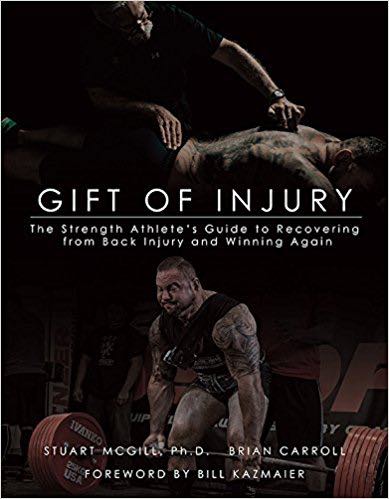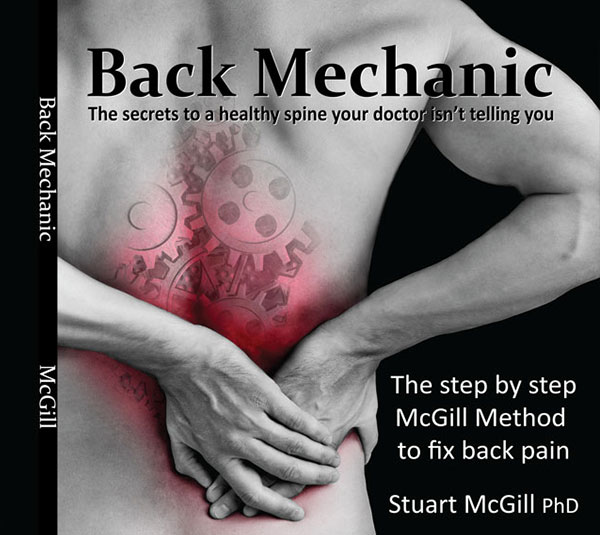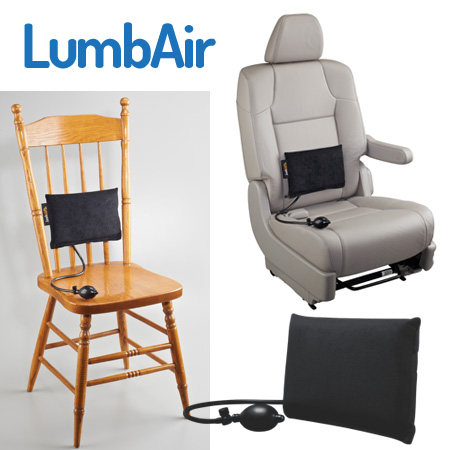29 Oct Reacting to Grant Broggi’s Take on McGill and the Deadlift Debate
Article Rundown
- Why context, injury history, and assessment matter when discussing the deadlift.
- Post-surgical spines have a narrow operating window and altered load tolerance.
- Grant’s reaction misses key nuance taken from a 2-hour McGill x Attia conversation.
- Ignoring biology and rushing back to heavy lifting often leads to re-injury or fusion surgery.
Reacting to Grant Broggi’s Take on McGill and the Deadlift Debate
In the last article, I broke down the first half of Grant Broggi’s video reacting to Dr. Stuart McGill’s conversation with Dr. Peter Attia. This follow-up continues from where we left off — Grant kept dissecting parts of that same McGill–Attia discussion, and I wanted to keep addressing the misconceptions head-on.
Once again, this entire argument stems from a short, clipped segment of a much longer two-hour podcast. McGill and Attia weren’t making sweeping claims about the deadlift. They were discussing context — specifically, whether Attia, a man with a history of failed spine surgery, should still be deadlifting heavy. Somehow that got twisted into “McGill says deadlifts are bad.” That’s not what he said at all.
The Context Everyone Missed
If you actually watch or listen to the full interview, McGill and Attia are having a nuanced discussion about load management, adaptation, and long-term goals after injury. But Grant, like many others, latched onto a single exchange and ignored the details.
He mentioned his own clients coming back to heavy lifting five to seven days after injury — but never defined what the “injury” even was. That’s where things go off the rails. Are we talking about a bruised finger or a fractured endplate? Those are completely different realities.
This is where context and assessment come in. Every athlete needs to earn the right to lift heavy again. You start with an honest evaluation of the injury — not just pain, but mechanical damage, history, load tolerance, and movement patterns. Without that, telling someone to get “back under the bar” is reckless.
Understanding the Injury Cascade
I’ve seen this process countless times. It starts small — a bit of tightness, a tweak, a dull ache. Then the endplate starts to fatigue, the disc loses stiffness, and the vertebra begins to collapse toward bone-on-bone contact. That’s how careers end and spines get fused.
You can’t just “push through” that. You have to respect biology. McGill has spent four decades mapping out these exact patterns — how tissues fail and, more importantly, how they heal. So when he advises someone like Attia to be careful, it’s not a fear tactic. It’s experience.
What Attia Got Right
Peter Attia actually understood that conflict better than most. He admitted that as much as he loves deadlifting, he doesn’t always need it. Sometimes he pulls back, sometimes he replaces it with safer alternatives. He’s learned to read his own feedback — that’s experience and body awareness at work.
He even said, “Deadlifting is valuable, but you have a narrow operating window in which you can potentially hurt yourself.” That statement is spot on. After spine surgery, your tolerance window is smaller. Your mechanics are different. You can still train hard, but you have to be strategic.
Where Grant Missed the Point
Grant didn’t seem to understand that nuance. He criticized McGill’s example about a 50-year-old lifter coming in with back pain whose goal was to hit a new PR. McGill’s reply — asking whether that person might rather play with their grandkids pain-free at 80 — was called “condescending.”
But I’ve had that exact conversation with lifters myself. When you’re dealing with chronic back pain, the goal isn’t just to lift again — it’s to rebuild capacity, then carefully reintroduce load after you’re pain-free. That process can take months or years, depending on the damage.
When I worked with McGill, I didn’t like hearing that either. I wanted to lift again. But I listened, rebuilt myself piece by piece, and eventually came back stronger than ever — pain-free and squatting 1306. That didn’t happen by ignoring biology or forcing a narrative about toughness. It happened by respecting the process.
The Bigger Message
This isn’t about being anti-deadlift or anti-strength. It’s about being pro-context. If someone has a reconstructed spine, the question isn’t, “Can they deadlift?” The question is, “Should they — and if so, how, and when?”
McGill’s work, and my own experience rebuilding myself and countless lifters, shows that resilience comes from patience, precision, and proper progression — not ego lifting.
So to anyone still misrepresenting the conversation: watch the entire podcast, not just the clips. Understand what’s actually being said before you hit record on your reaction video.
Because as I’ve said before — amateur hour is over.










Sorry, the comment form is closed at this time.